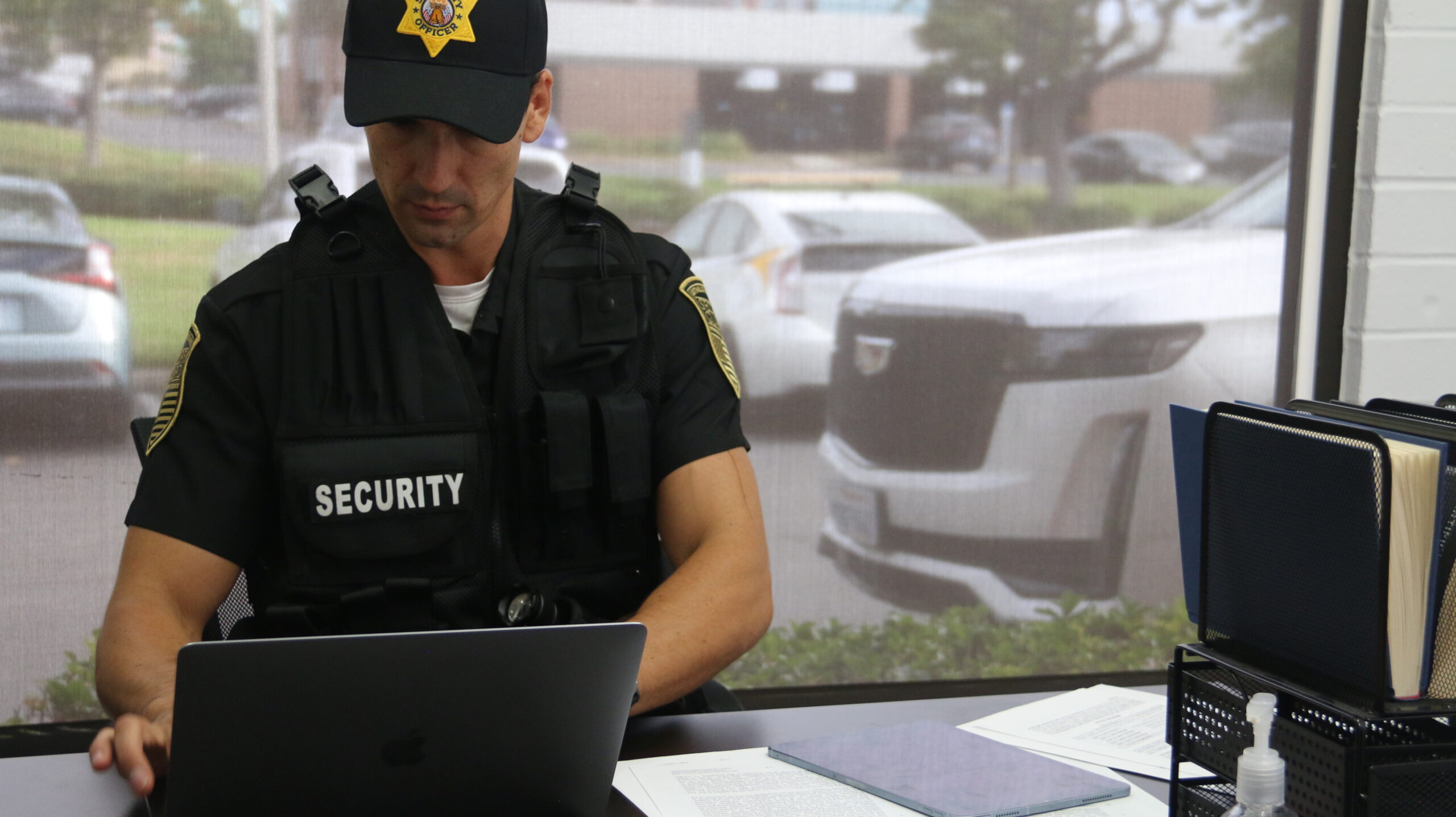In any organization, ensuring employee safety is not just a legal requirement but a moral and operational priority. One of the most powerful yet often overlooked elements of safety management is Workplace safety communication. Clear, consistent, and proactive communication about safety policies, procedures, and potential hazards is essential to prevent accidents, save lives, and foster a culture of awareness. When employees are informed and engaged, they become active participants in maintaining a safe environment, significantly reducing workplace risks.
The Critical Role of Communication in Workplace Safety
Effective communication lies at the heart of every successful safety program. It bridges the gap between management and employees, ensuring that everyone understands the expectations, potential hazards, and preventive measures. Safety communication isn’t just about posting signs or holding occasional meetings—it’s about creating an ongoing dialogue where everyone feels responsible for safety outcomes. When this communication is strong, it builds trust, enhances compliance, and leads to fewer accidents and injuries.
How Workplace Safety Communication Reduces Accidents
Accidents in the workplace often occur due to misunderstandings, unclear instructions, or a lack of hazard awareness. By prioritizing strong communication, organizations can tackle these issues head-on.
Promoting Awareness of Risks
One of the first steps in accident prevention is ensuring that employees are aware of the risks associated with their tasks. Through effective workplace safety communication, companies can identify and share potential hazards before they cause harm. Whether it’s through safety bulletins, digital alerts, or team meetings, constant communication helps employees stay alert and informed.
Reinforcing Training and Best Practices
Training sessions are vital, but their effectiveness diminishes without continuous reinforcement. Regular reminders through emails, visual cues, or toolbox talks help keep safety protocols fresh in employees’ minds. Clear workplace safety communication ensures that procedures are followed consistently and correctly, reducing the likelihood of human error.
Encouraging Employee Feedback
Open communication encourages workers to voice concerns or report unsafe conditions before they lead to accidents. Employees often notice risks that management might overlook. A system that supports two-way communication—where reporting safety issues is quick and consequence-free—creates a proactive safety culture.
Building a Culture of Safety Through Communication
Safety culture doesn’t emerge overnight—it’s built through consistent communication and shared values. Organizations that prioritize open dialogue make employees feel involved, valued, and accountable for maintaining safety.
Leadership’s Role in Communication
Leaders and supervisors play a crucial role in shaping how safety messages are perceived and acted upon. When leadership models good communication practices—by being transparent, responsive, and approachable—it sets the tone for the entire workforce. Managers should lead by example, discuss safety daily, and show commitment through their actions, not just their words.
Consistent and Clear Messaging
Mixed messages about safety can lead to confusion and mistakes. Safety communication must be consistent across all departments and levels of management. Everyone—from new hires to senior executives—should receive the same information and expectations. This clarity eliminates uncertainty and helps maintain a unified approach to safety.
Recognition and Positive Reinforcement
Acknowledging employees who adhere to safety practices or contribute to accident prevention reinforces good behavior. Public recognition, incentives, or simple verbal appreciation can motivate others to follow suit. When employees see that their efforts in maintaining safety are valued, it strengthens their commitment to the organization’s safety goals.
Workplace Safety Communication Methods That Drive Results
Different organizations and industries require different communication strategies, but the principles remain the same—clarity, consistency, and engagement.
Visual Communication Tools
Visual aids such as posters, digital displays, and signage play a critical role in reinforcing safety messages. They serve as constant reminders of procedures, hazards, and emergency responses. Effective visual workplace safety communication is especially useful in high-risk environments where quick comprehension is vital.
Safety Meetings and Briefings
Regular meetings create opportunities to discuss safety performance, review incidents, and clarify protocols. These sessions allow employees to ask questions, share observations, and learn from real-world examples. When conducted effectively, they help transform communication from a one-way directive to a shared learning experience.
Digital and Interactive Platforms
Modern workplaces benefit greatly from digital communication platforms that allow instant updates and easy access to safety resources. Mobile apps, intranet systems, and online dashboards enable employees to stay informed regardless of their location. Interactive quizzes, videos, and e-learning tools make workplace safety communication more engaging and impactful.
Overcoming Common Barriers to Effective Workplace Safety Communication
Despite its importance, many organizations struggle to maintain effective communication about safety. Identifying and addressing these barriers is essential to building a safer work environment.
Language and Cultural Differences
In diverse workplaces, language barriers can hinder understanding. To overcome this, companies should use simple language, visuals, or multilingual materials. Training programs should consider cultural nuances to ensure messages are received as intended.
Information Overload
When employees are bombarded with too much information, critical safety messages can get lost. Prioritizing clarity over quantity and focusing on the most relevant safety details helps ensure that communication remains effective and memorable.
Lack of Feedback Channels
If communication is one-sided, employees may feel unheard or hesitant to report issues. Establishing clear feedback channels—such as anonymous reporting systems, suggestion boxes, or digital forms—empowers employees to participate in safety improvement.
The Measurable Benefits of Strong Workplace Safety Communication
Organizations that master safety communication enjoy multiple advantages beyond accident reduction.
Fewer Injuries and Reduced Downtime
Clear communication minimizes the risk of errors and accidents, leading to fewer injuries and less operational disruption. Reduced downtime translates directly to higher productivity and cost savings.
Higher Employee Morale
When employees feel safe and heard, morale improves. Workers who know their well-being is a top priority are more motivated, engaged, and loyal to their employer.
Regulatory Compliance and Reduced Liability
Strong workplace safety communication also supports compliance with safety regulations. Documented communication efforts demonstrate due diligence and can protect the organization from legal consequences in case of incidents.
How to Strengthen Workplace Safety Communication in Your Organization
Improving communication about safety requires deliberate planning and ongoing commitment.
Assess Your Current Communication Practices
Start by reviewing how safety messages are currently shared and received. Conduct surveys or interviews to understand what’s working and what isn’t.
Develop a Comprehensive Safety Communication Plan
A formal plan should outline the channels, frequency, and key messages to be shared. It should also assign responsibilities and include strategies for continuous improvement.
Train Leaders and Employees
Communication is a skill that can be developed. Providing training on active listening, feedback, and message delivery ensures that everyone can communicate safety concerns effectively.
Leverage Technology
Use modern tools to make communication faster and more accessible. Digital alerts, apps, and automated reminders can keep safety top of mind without overwhelming employees.
Conclusion: Communication Saves Lives
Workplace accidents are preventable, and one of the strongest tools for prevention is effective communication. When employees are informed, empowered, and engaged through consistent workplace safety communication, they become the first line of defense against potential hazards. Organizations that invest in communication not only reduce accidents but also foster a culture of trust, accountability, and mutual care. At Safety-Chat, the mission is clear: every conversation about safety is a step toward saving lives, protecting productivity, and ensuring that every worker returns home safely.




